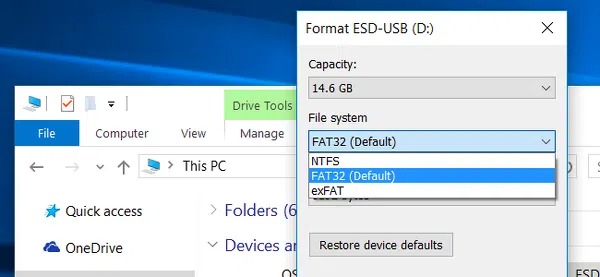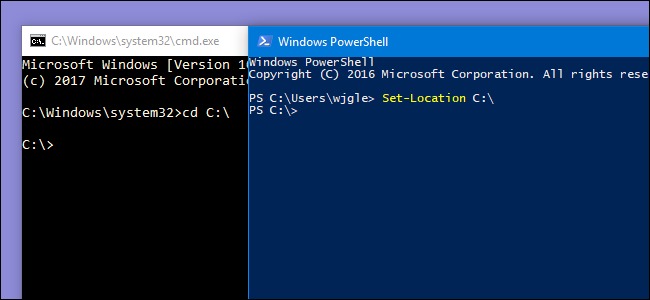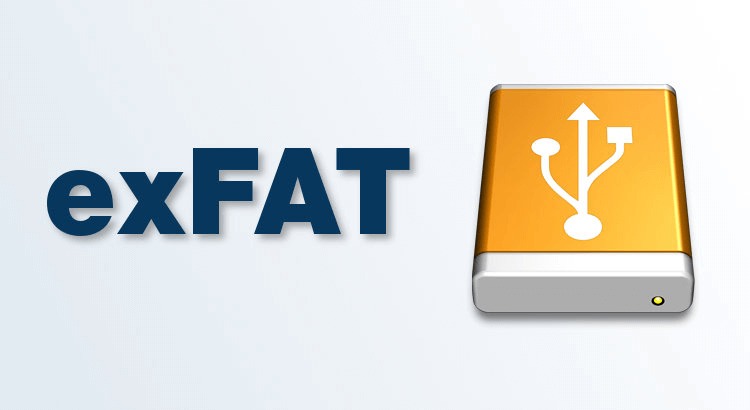Find out how to format a USB drive to FAT32 on Windows 10 following this guide. FAT32 is a file system that came as an improvement to FAT16 which was originally created for MS-DOS. Although there are more advanced systems natively supported by Windows (such as exFAT and NTFS), FAT32 is still one of the most widely used formats.
FAT32 has certain limitations, as it is not capable of storing files larger than 4GB and does not allow the creation of partitions larger than 8TB. It is also problematic when using many levels of subfolders and lacks certain security features that more modern file systems have. That is why it is recommended to use others such as NTFS in operating system installations.
However, its simplicity, versatility, and compatibility with other operating systems (Linux, macOS, Android or other alternatives such as FreeBSD) make it especially suitable for external/removable storage drives such as USB drives or microSD memory cards.
How to format a USB drive to FAT32 on Windows 10?

The problem is that the standard tool present in Windows 10 or Windows 11 to format disks (the function that we can find in the file explorer by right-clicking the mouse on a connected drive) does not allow you to use this file system and if you try it you will only see the option of exFAT or NTFS.
Third-party tools
One of the best third-party tools available today is FAT32 Format. A free, portable application that requires no installation. This makes it a clear choice for the job. Simply: download (Start button in the link), run, select the drive, enable formatting (it has a quick format option), and start.
Powershell

Applications like the previous ones are recommended for their easy usage and speed of execution, but if you want to use native tools, then Powershell is a go-to option. Simply access the advanced Windows Powershell console and use the command “format /FS:FAT32 X:” where “X” is the drive we want to format.
Consoles will take much longer to format and are more complicated to handle so we recommend using the FAT32 Format application.
exFAT
exFAT was introduced in 2006 for Windows XP and Vista. As its name indicates, it is related to the FAT file system and tries to eliminate the limitations presented by FAT32, although without introducing many of the improvements present in NTFS.

The main advantage of exFAT over its predecessor is that it eliminates the storage limitations, being able to create larger partitions and giving the possibility of storing files larger than 4GB and all without losing one of the outstanding features of FAT, the speed of reading and writing.
Like FAT32, exFAT is ideal for USB drives and external drives in general, with special mention to devices with more than 16GB of capacity, although FAT32 offers more and better compatibility with a wider range of systems, so exFAT is relegated to specific contexts.





